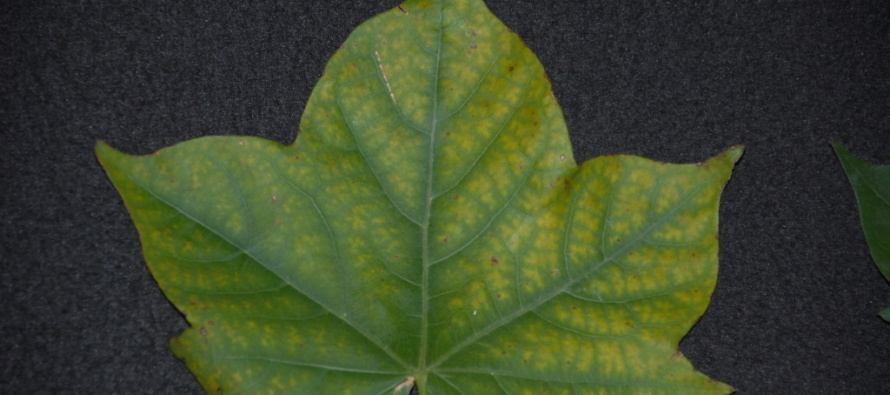Cotton Condition in Mississippi

Related Articles
- Fertilizing Cotton with Poultry Litter 5
- Spring Nitrogen Fertility Suggestions for Wheat 0
- Micronutrients for Mississippi Crop Production 4
Latest Tweets
The 2018 cotton crop in Mississippi has some degree of difference in terms of crop maturity at this point in the growing season. Some growers have cotton that has been blooming for nearly three weeks while others have blooms that arrived this week or in some cases have not yet arrived. Generally speaking, the cotton crop looks good to excellent in most cases. Overall fruit retention numbers are outstanding in many fields. While walking fields this week, several instances were observed where cotton plants were holding nearly, if not all, fruiting positions .
There are areas where this is not the case and fruit retention numbers have decreased to some degree. However, we have not observed any situations where retention has declined to the point of concern. Keep in mind that in all likelihood we will not retain 100% of fruiting positions for the duration of the growing season. We will shed some fruit for a myriad of reasons but given the condition of this crop headed into the second week of July, many are optimistic.
Some nutrient deficiencies (mainly potassium) are starting to appear which in many cases corresponds to a heavy fruit load. As cotton begins to bloom, nutrient demand by the plant increases to the point that it may become difficult for the plant to obtain required nutrients in a timely manner. This does not necessarily mean that the soil is deficient in a given nutrient, but rather the plant cannot get them as quickly as needed. Go run a couple of miles and then grab a large glass of water and drink it through a straw – the water you need is there but you cannot get it as quickly as you need/want it through that straw. There are a number of things that can cause and/or magnify nutrient deficiency including – a poor root system, dry soil conditions, and a heavy fruit load among others.
In most cases, foliar fertilizer is not an economical solution for the deficiency symptoms described above. In many cases, 5 pounds or less of actual potassium is being delivered in a single foliar application. In addition, just because you may be applying 5 pounds of potassium, not all of this amount is intercepted and/or taken up by the cotton plant. Given that cotton can take up 3-4 pounds of potassium per day during peak bloom, even if the plant takes up all 5 pounds being applied, this amount is sufficient to supply plant needs for a little over one day. The most cost effective way to ensure adequate potassium nutrition in cotton is to soil sample every 2-3 years and apply potash based on soil test recommendations while keeping the amount of potassium removed through harvest activities in mind. In addition, do everything possible to ensure that your cotton plants have a strong root system which includes: maintaining adequate pH levels, alleviating hardpans, proper drainage which will help prevent shallow rooting, etc.





Let me tell You a sad story ! There are no comments yet, but You can be first one to comment this article.
Write a comment